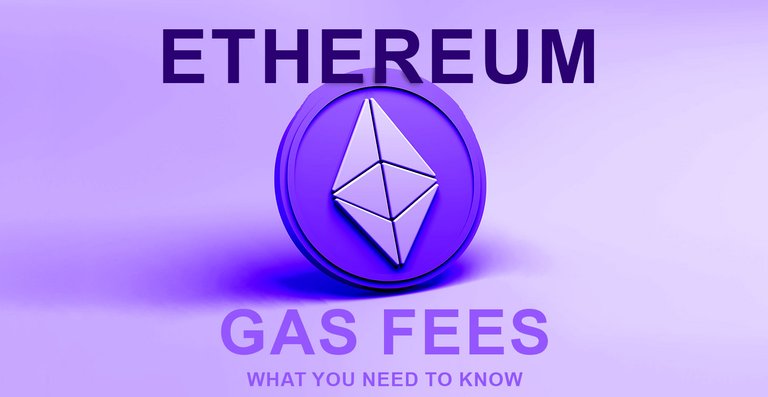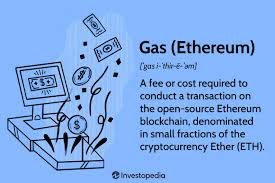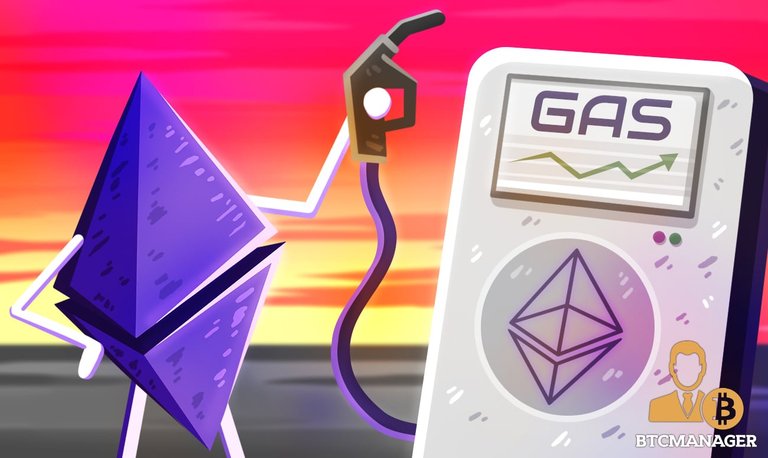Ethereum Transaction Fees Drop to Lowest Levels Since August

Ethereum's transaction fees have plummeted to their lowest levels since late August, now averaging just $0.41 per transfer, according to data from on-chain analytics provider Santiment. This sharp decline represents a significant departure from the peak of $15.21 observed over the past two years, potentially signaling a shift in market dynamics and fueling optimism for Ethereum’s long-term price trajectory.
Ethereum’s Low Fees: A Sign of Reduced Network Congestion
Historically, low transaction fees on the Ethereum network indicate diminished congestion, meaning fewer users are actively competing to have their transactions processed. This reduced demand for block space can be interpreted as a crucial moment for network health, fostering an environment conducive to long-term growth. Lower fees not only alleviate transaction costs for users but also create an attractive entry point for new participants, helping expand Ethereum’s user base and ecosystem adoption.
The Impact of Low Fees on Adoption and Market Sentiment
Santiment has highlighted that reduced fees lower the barrier to entry for new users, making Ethereum-based applications, smart contracts, and decentralized finance (DeFi) platforms more accessible. The ability to transact at minimal cost encourages broader adoption, which, in turn, strengthens Ethereum’s role as the backbone of Web3 and decentralized applications (dApps).

“When Ethereum transaction fees are low, it generally indicates that the network is not experiencing excessive congestion. These reduced costs make it easier for new buyers to enter the market, fostering an environment for potential price appreciation,” Santiment noted.
Historically, lower fees have coincided with market conditions where ETH prices appear “low” or bearish. This often sets the stage for a rebound, as new market participants take advantage of cheaper transactions to accumulate ETH. On the flip side, periods of high fees typically reflect increased network activity, which can be driven by surging demand, speculative price rallies, or heightened usage of dApps. While this can be a sign of growing adoption, exorbitant fees may also deter users and trigger short-term market corrections.
Ethereum’s Current Fee Environment: A Catalyst for Growth?
Santiment suggests that extremely low transaction costs, such as the levels currently being observed, tend to rekindle interest in the network. This increase in user activity can enhance Ethereum’s overall utility and establish the groundwork for future price appreciation. The present phase of subdued transactional activity allows for cost-effective transfers, benefiting developers, NFT marketplaces, and DeFi platforms that depend on affordable fees for seamless operations.
Looking at Ethereum’s historical fee patterns, similar drops in transaction costs have often preceded market recoveries. Savvy traders and long-term investors recognize these phases as opportunities for accumulation, where buying interest intensifies as Ethereum becomes more cost-efficient and user-friendly.
The recent drop to an average fee of $0.41 coincides with price levels last seen in August 2024, just before Ethereum experienced a substantial price rebound. While transaction fees alone do not dictate price direction, they serve as a valuable indicator of network sentiment and market trends.

Ethereum Exchange Supply Reaches Historic Lows
Beyond transaction fees, another compelling on-chain metric reinforcing Ethereum’s long-term bullish case is the rapidly declining exchange supply. Currently, only 6.38% of Ethereum’s total circulating supply remains on centralized exchanges, marking the lowest level since the network’s inception.
This trend suggests that investors are increasingly moving their ETH into cold storage, a strong signal of long-term holding behavior rather than short-term speculation. The reduced availability of ETH on exchanges could contribute to supply constraints, potentially exerting upward pressure on price if demand increases.
However, Ethereum’s market remains dynamic, as demonstrated by recent developments in derivatives trading. Earlier this month, Ethereum saw an unprecedented surge in short-selling activity, with futures contracts on the Chicago Mercantile Exchange (CME) reaching a record high of 11,341 contracts. This dramatic rise in bearish bets—up over 40% in just a week and a staggering 500% since November—indicates a growing wave of skepticism regarding Ethereum’s short-term outlook.
Conclusion: A Market at a Crossroads
Ethereum’s current market conditions present a nuanced picture. On one hand, the substantial decline in transaction fees and the decreasing exchange supply underscore a potentially bullish long-term outlook. On the other hand, the sharp increase in short positions suggests that traders remain cautious in the short term.

Ultimately, Ethereum’s ability to sustain low fees while maintaining robust network activity could be a catalyst for its next growth phase. As history has shown, periods of reduced costs and low exchange supply have frequently laid the foundation for future price recoveries. Whether this pattern will hold true in the coming months remains to be seen, but for now, the combination of cheap transactions and dwindling exchange reserves points to a period of accumulation and potential long-term strength for Ethereum.
Confermo e diciamo che a questi livelli si inizia a ragionare. Le tasse di transazione, una settimana fa erano a dei livelli accettabili. Ora bisogna vedere se questa caratteristica verrà mantenuta